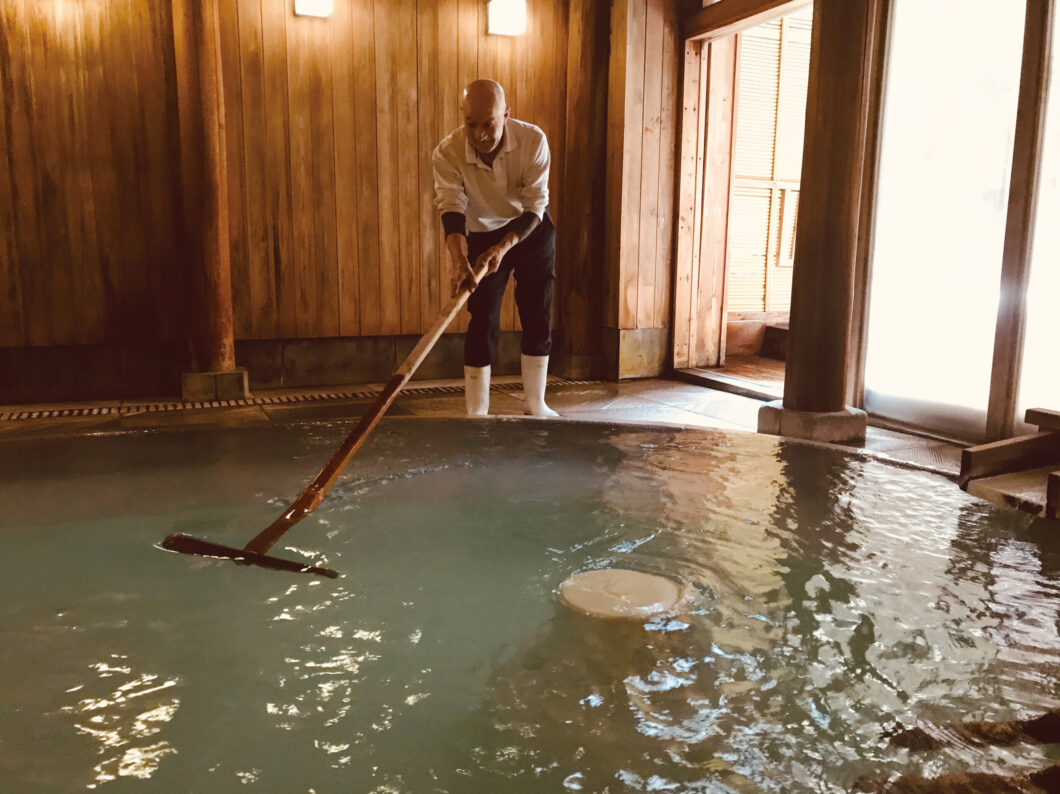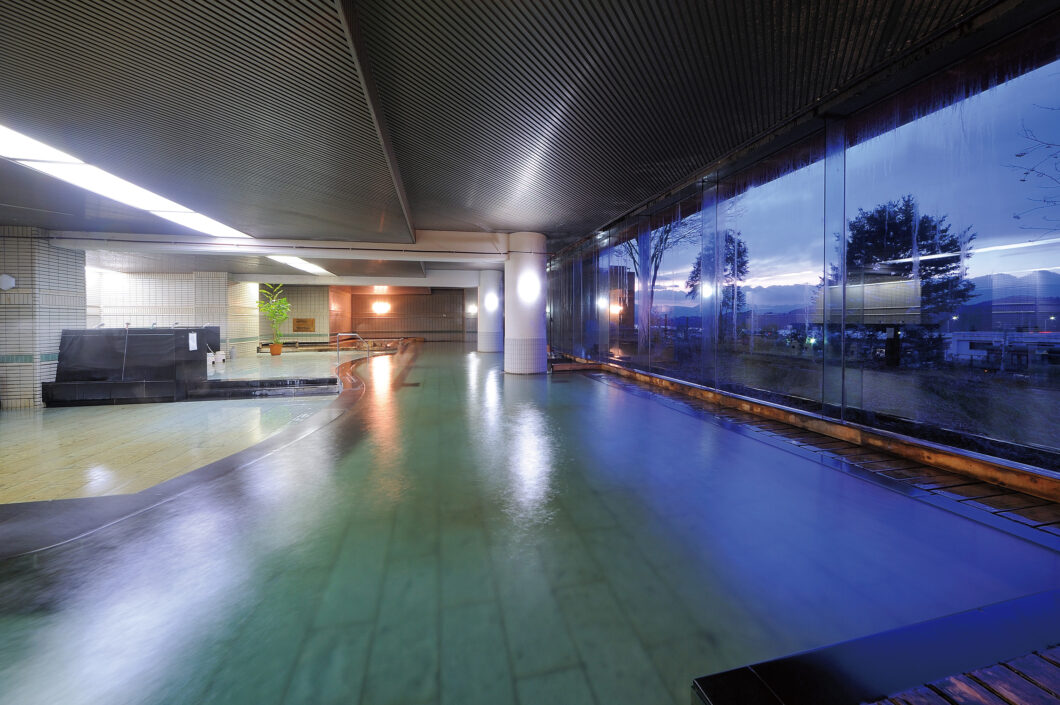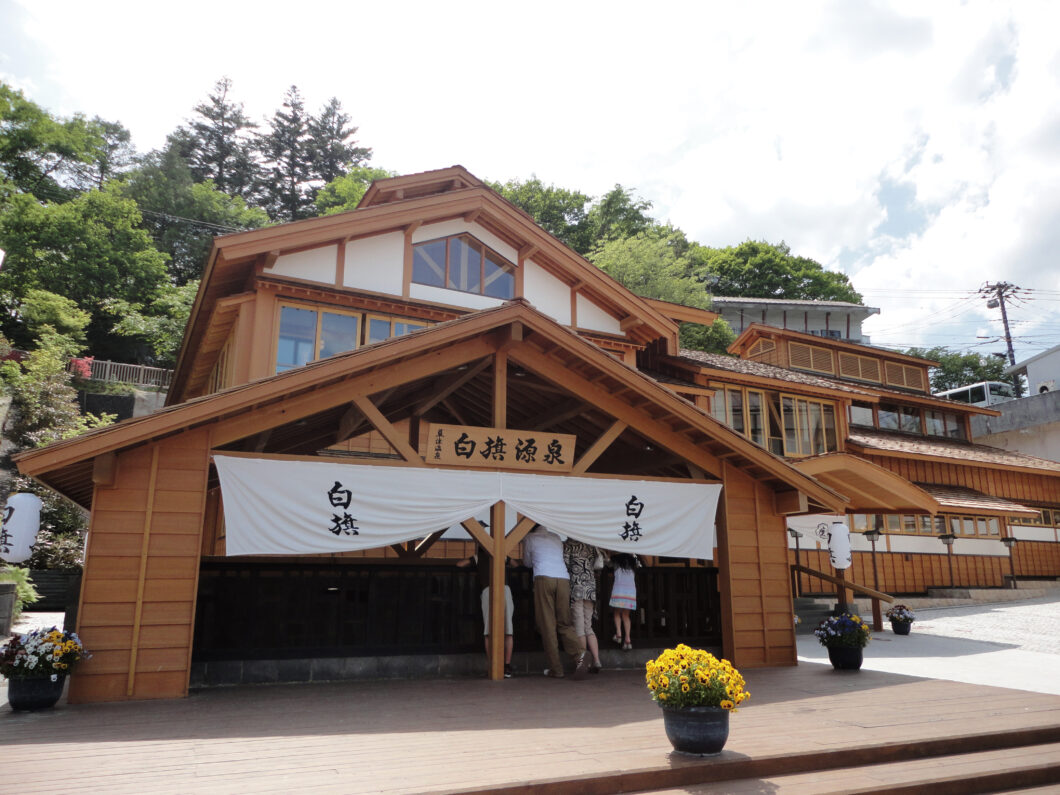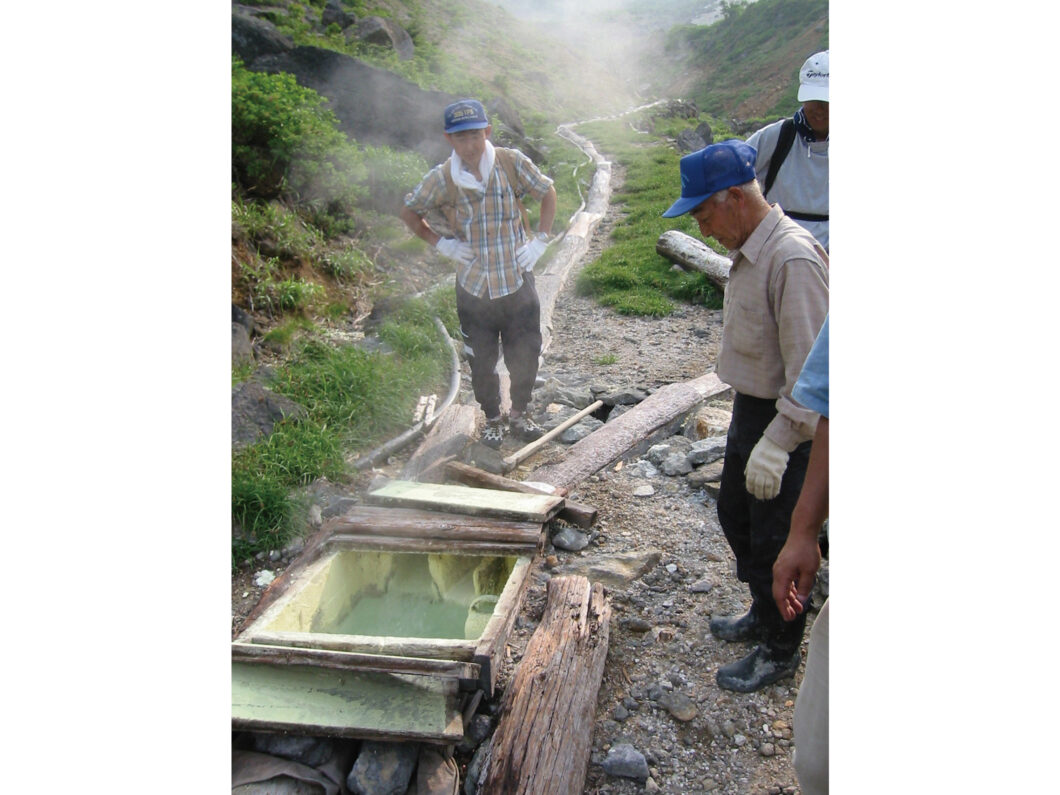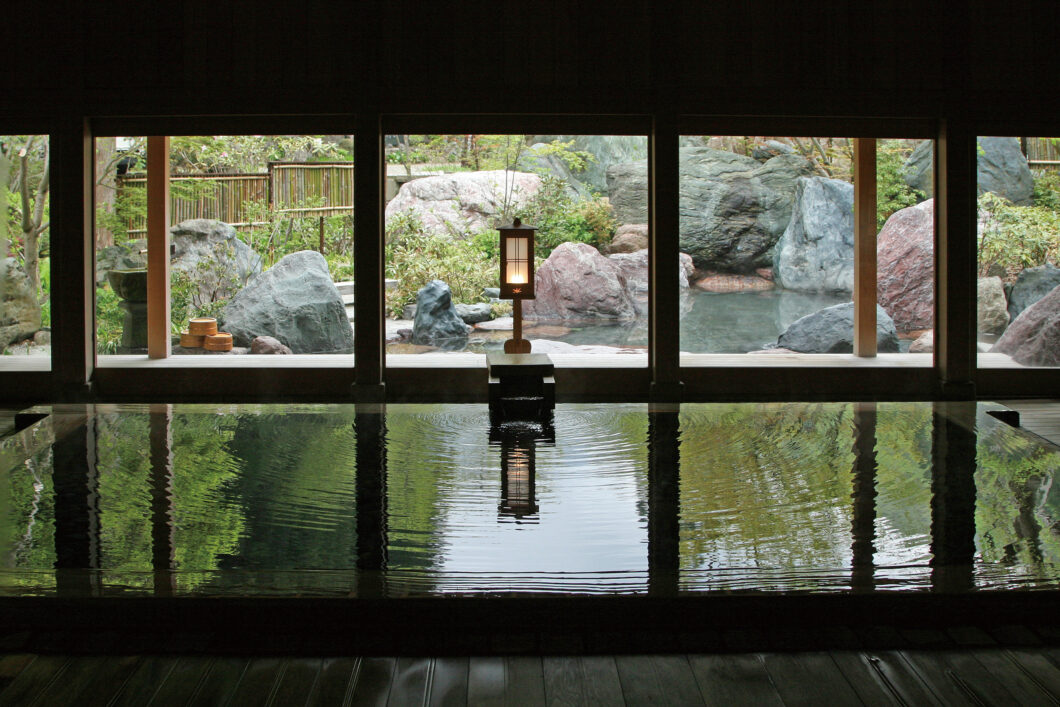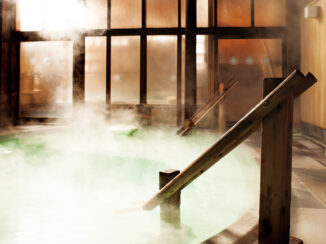Featured
INDEX
A culture born under the feudal system: "Yumori"
Watching the hot spring water gushing out of the spout in the steam is a truly blissful experience, but behind the scenes, there are people who look after the hot springs without anyone knowing. These people are called "yumori", and are still rare in Japan today. In modern times, when someone calls themselves a yumori, they are considered to be a full-time employee who is in charge of managing all the bathing facilities, including the source of the hot spring, but there are very few inns that employ full-time yumori employees.
The bathkeeper was mainly in charge during the feudal era. A 5-star inn that carries on the tradition is the " Yumori Hotel Taikan " in Tsunagi Onsen, Iwate Prefecture. Since being appointed as the bathkeeper by feudal lord Nanbu Toshinao in 1603, the inn has been serving the best bathing water. The hot spring is 100% free-flowing and has a plentiful supply of water, without adding any water. It is a simple sulfur spring that contains 76.8 mg of metasilicic acid and is "good for drinking and bathing."
Many of the bathhouse attendants were appointed during the Edo period when governance was stable, but even after the bathhouse attendant system ended in the Meiji period, they continued to hold the rights to use the hot springs, and operated bathhouses and other facilities, transitioning into lodgings.
The bathhouse guardian shown in the photo is from Naraya , a bathhouse in Kusatsu Onsen that stubbornly protects the bathhouse culture. Their uncompromising handiwork keeps the oldest and rarest "Shirahata Onsen" in Kusatsu in top condition at all times.
The bathkeepers take pride in their baths and pour their love into them as their mission
In Japan, there is an organization called "Local Onsen Yumorikai" made up of the owners and ladies of 35 inns. They are proud of the traditional hot springs that are rooted in their local areas, and they take it as their mission to continue to protect the hot springs, so they pour their love and dedication into them. Among the five-star inns that belong to the Yumorikai are Tsuta Onsen Tsuta Onsen Ryokan and Sukayu Onsen Ryokan Ryokan Tamagoyu Ryokan in Aomori Prefecture, Tsuru Tsurunoyu Onsen in Nyuto Onsenkyo in Akita Prefecture, Osawa Osawa Onsen Sansuikaku in Iwate Prefecture, Takayu Onsen in Takayu Onsen in Fukushima Prefecture, Chojukan in Hoshi OnsenOomaki Onsen Kanko Ryokan in Gunma Prefecture, and Omaki Onsen Kanko Ryokan in Toyama Prefecture.
Although it is not a hotel job, Dake Onsen in Nihonmatsu, Fukushima Prefecture is also managed by a hot spring guardian. Dake Onsen is "drawn" from a single hot spring pipe over a distance of about 8 km, with an elevation difference of about 900 m, from the source on Mt. Adatara at an altitude of 1,700 m. Within 1 km of the source, hot spring deposits tend to harden, and if they are not cleaned regularly, the pipes will become clogged and the hot spring water will not reach the hot spring town. Four people are entrusted with the task of keeping the hot springs. They divide the 15 hot springs into three areas and clean them every three weeks. From an altitude of 950 m, they walk up the mountain trail. On days when the snowfall exceeds 4 m, it is said that it is difficult to find the source and the hot spring pipes in the snow. The snow melts around the source, forming a large cavity where hydrogen sulfide accumulates. There is a risk of losing your life to hydrogen sulfide poisoning if you fall into that hole. Thanks to the efforts of the people who risk their lives, Dake Onsen is able to enjoy acidic springs, which are rare even in Japan. The open-air bath and large communal bath at Yobiyado Azumakan are filled with water from that hot spring.

